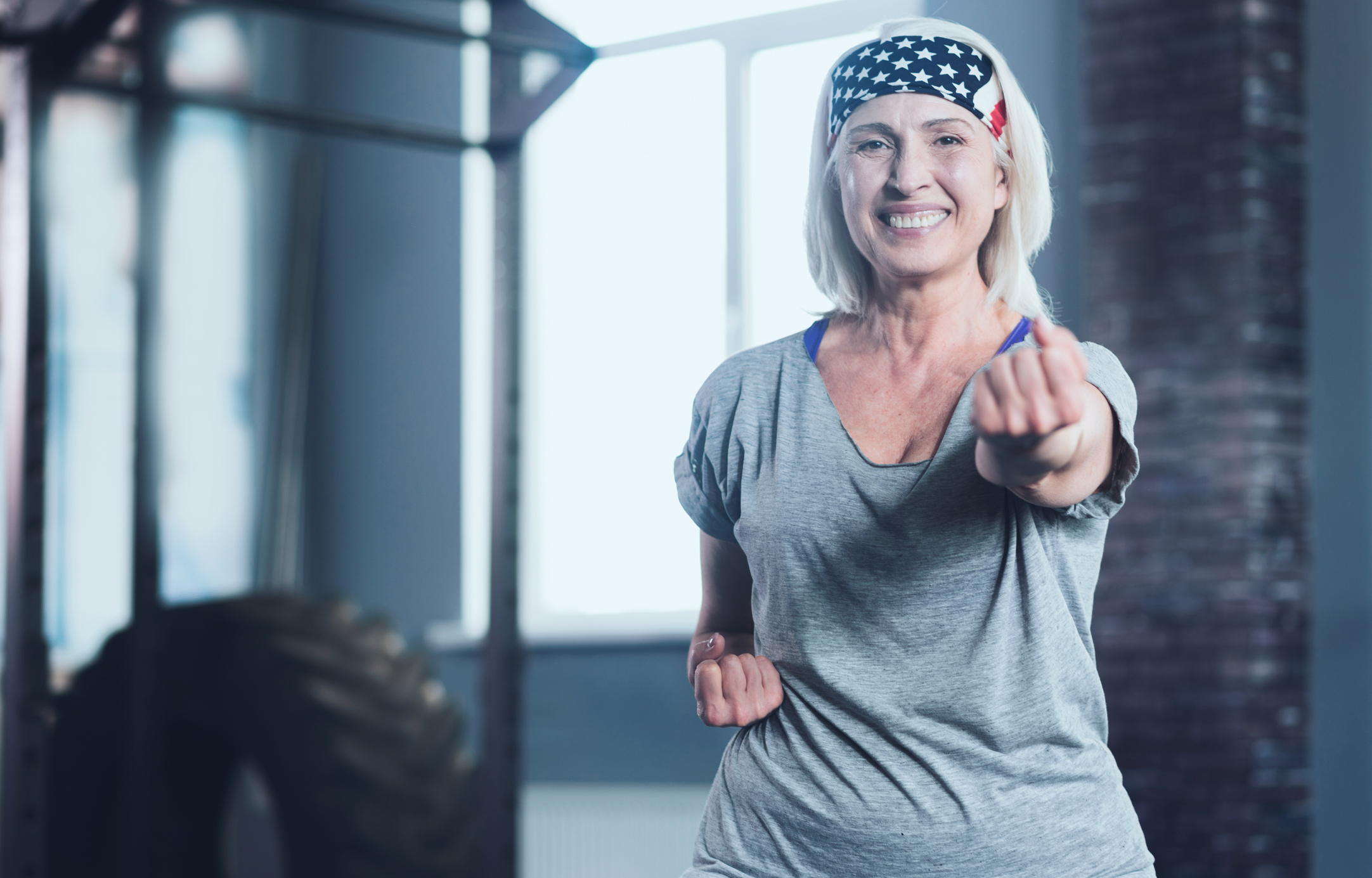Get Easy Health Digest™ in your inbox and don’t miss a thing when you subscribe today. Plus, get the free bonus report, Mother Nature’s Tips, Tricks and Remedies for Cholesterol, Blood Pressure & Blood Sugar as my way of saying welcome to the community!
The ancient Chinese practice that helps with stroke recovery

Tai chi, the ancient Chinese mind-body practice, involves a combination of deep breathing and a series of slow, deliberate movements of the hands, arms, neck, legs and core.
Tai chi has proven health benefits for your heart and circulatory system and can help relieve depression, anxiety and chronic neck and back pain.
Practicing tai chi can also help you drop belly fat, slow the aging process and improve stamina, bone density, balance and muscle strength and flexibility, not to mention promote better sleep.
One area where tai chi has proven especially powerful is helping stroke survivors recover their balance, strength and flexibility. It also has helped relieve their depression, anxiety and trouble sleeping.
But what about stroke survivors who aren’t yet back on their feet? Tai chi requires extended periods of standing, which can be difficult for some people who have had a stroke. Luckily, researchers may have found an effective alternative…
Seated tai chi good for stroke recovery
In a recent study out of China, a seated form of tai chi was found to help stroke survivors regain strength and balance. It was also as good or better than standard post-stroke exercise programs at relieving symptoms of depression.
Scientists have long hailed tai chi and yoga as being excellent flexibility and muscle strength training programs for improving balance, quality of life and mental health and reducing the fear of falling.
“We revised the tai chi movements for people who have weakness or partial limb paralysis,” says lead study author Jie Zhao, a lecturer at Yunnan University of Traditional Chinese Medicine in southwestern China. “It is tailored so that participants can move one arm with the help of the healthy arm.”
Zhao notes the program can be done in a chair or wheelchair at home. “The program costs almost nothing to practice, and it doesn’t require any special equipment or travel time,” she adds.
According to the American Heart Association’s guidelines for managing stroke, survivors should begin a rehabilitation program within the first week of having had a stroke and stick with it for up to six months. But many fail to begin or stick with rehab because they lack physical stability or are unable to move their arms.
The China study assigned adult stroke survivors having mobility in at least one arm to a seated tai chi practice or a standard stroke rehab exercise program within six months of their first stroke. The standard rehab program involved a series of hospital-recommended upper limb movements. The average age of participants was 63.
In the sitting tai chi group, participants got individualized training with an instructor for the first week. Then, for the remaining 11 weeks, they had a self-guided video for use at home. The standard rehab group received a self-guided video that they used at home for all 12 weeks. Both groups had their home exercises observed by family members and caregivers.
By the end of the three-month period, the seated tai chi group had improved hand and arm function and better balance control while sitting than those in the standard rehab group. They also demonstrated significantly reduced symptoms of depression and improved range of motion in their shoulders, as well as greater improvements in quality of life and daily activities of living.
In addition, more than half of the participants who practiced sitting tai chi continued to do so after the 12-week study period and experienced improvements for up to four additional weeks.
Zhao says her follow-up study will measure the long-term effects of a seated tai chi practice. “People will most likely need to adhere to the sitting tai chi exercise beyond 12 weeks to get the beneficial long-term effects,” she adds.
How to do seated tai chi
Even if you’re not a stroke survivor, seated tai chi can be an easy and comfortable introduction to the practice, especially for those who have other mobility issues. This site has links to three videos that are perfect for those who are new to tai chi.
It’s important to warm up before any tai chi practice, even seated tai chi. It will protect your body from unwanted pain and strain.
Here is a simple tai chi warm-up you can do while sitting in a chair. This warm-up can even be done as a practice on its own since it targets your body from your head to your hips:
- Very slowly move your head up and down.
- Slowly turn your head to one side as far as you can. Then lift your chin up over your shoulder as best you can. Turn your head forward, then do the same thing in the opposite direction.
- Roll your shoulders in a large circle forward, then backward.
- Place the back of your hands together, fingers down, in front of your chest. Turn your wrists and roll your fingers inward toward your chest. Then raise your hands over your head and form a diamond with your thumbs and index fingers. Slowly separate your hands and extend your arms to your sides, palms facing down. Then allow your arms to lower down to your sides.
- Shift your weight to one hip and extend the arm on the same side out and over your head. At the top of your reach, turn your shoulders toward the opposite side. Aim for turning your shoulders 90 degrees, but only go as far as you’re comfortable with. Lower your arm, pause and turn to the front. Relax, then repeat the process on the other side.
- While facing forward, raise your hands as if you’re holding a large bottle, with your bottom hand palm up and the hand above it holding the “neck” of the bottle. Turn your body in the direction of the back of the hand holding the bottle’s neck. Turn your body from your center and allow your arms and hands to follow as you turn, as if you’re handing someone the bottle. Switch the position of your hands. Turn back to the center and continue to the side of the back of the hand that’s now holding the bottle’s neck.
- Relax your arms on your knees or let them hang by your sides. Then bend at your waist and picture putting your chin on your knees. Hold the position for a short time, then very slowly rise back up. You can use your arms if necessary to help you get back up straight.
Do each of these exercises 5 times to start. Keep your movements slow and deliberate and remember to pause and relax between each repetition. Also, don’t be afraid to skip or modify an exercise to fit with any physical limitations you may have.
Editor’s note: What do you really know about stroke? The truth is, only 10% of stroke survivors recover almost completely, and all doctors can offer is what to do after a stroke occurs. That’s unacceptable considering 80% of strokes are preventable! Click here to discover how to escape The Stroke Syndrome: 5 Signs it’s Stalking You — Plus the Hidden Causes and Preventive Measures You’ve Never Heard About!
Sources:
Seated form of tai chi might boost stroke recovery — American Heart Association
Tailored Sitting Tai Chi Program for Subacute Stroke Survivors: A Randomized Controlled Trial — Stroke
Seated Tai Chi for Seniors: 3 Simple Routines Improve Flexibility and Well-Being — DailyCaring
Seated Five Elements Routine — Tai Chi Village














